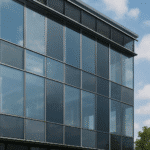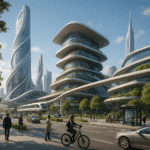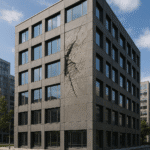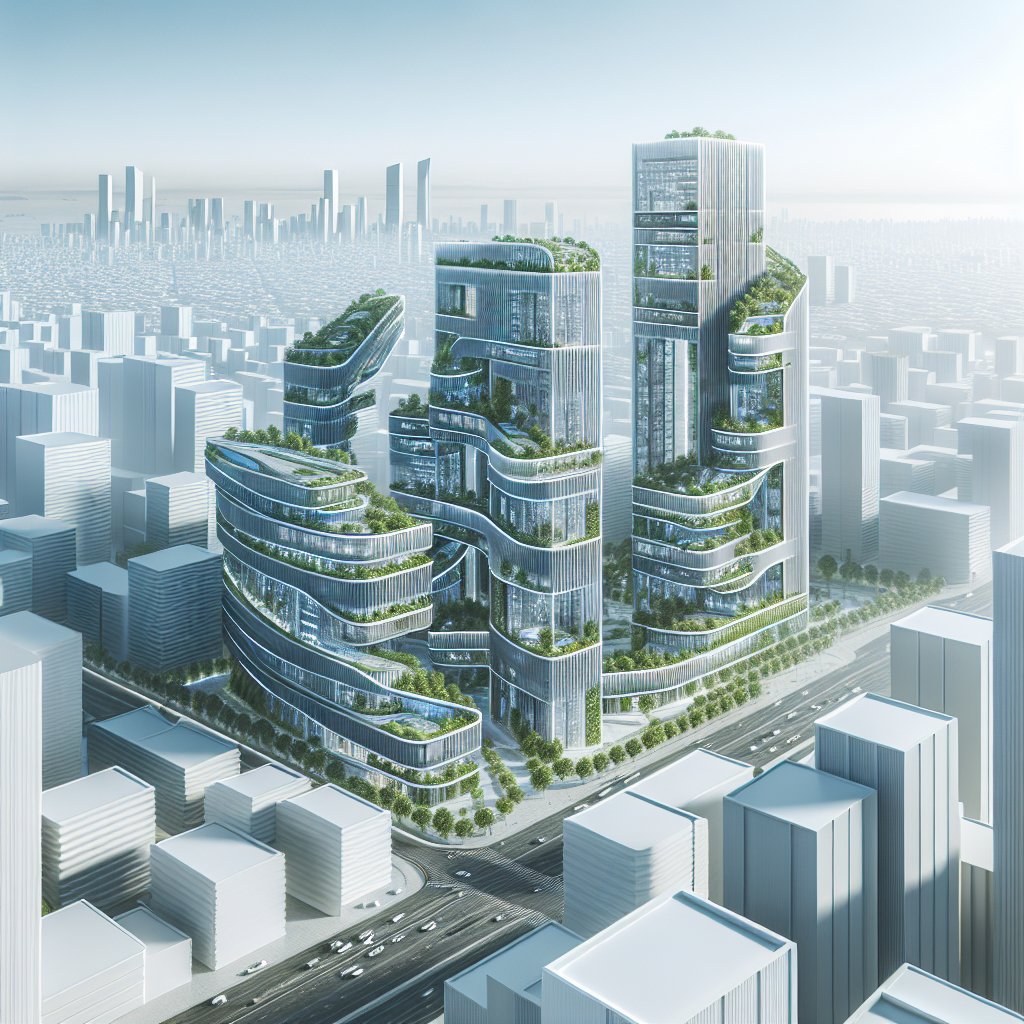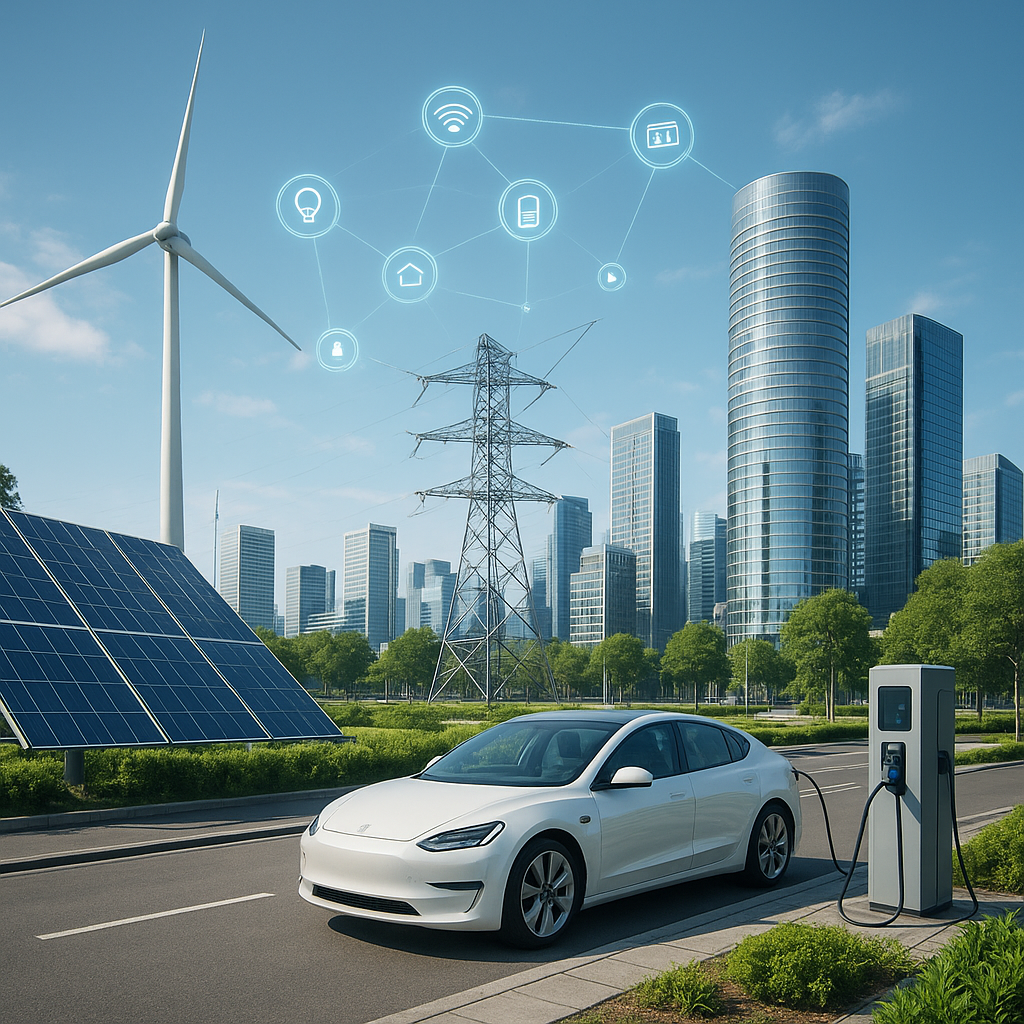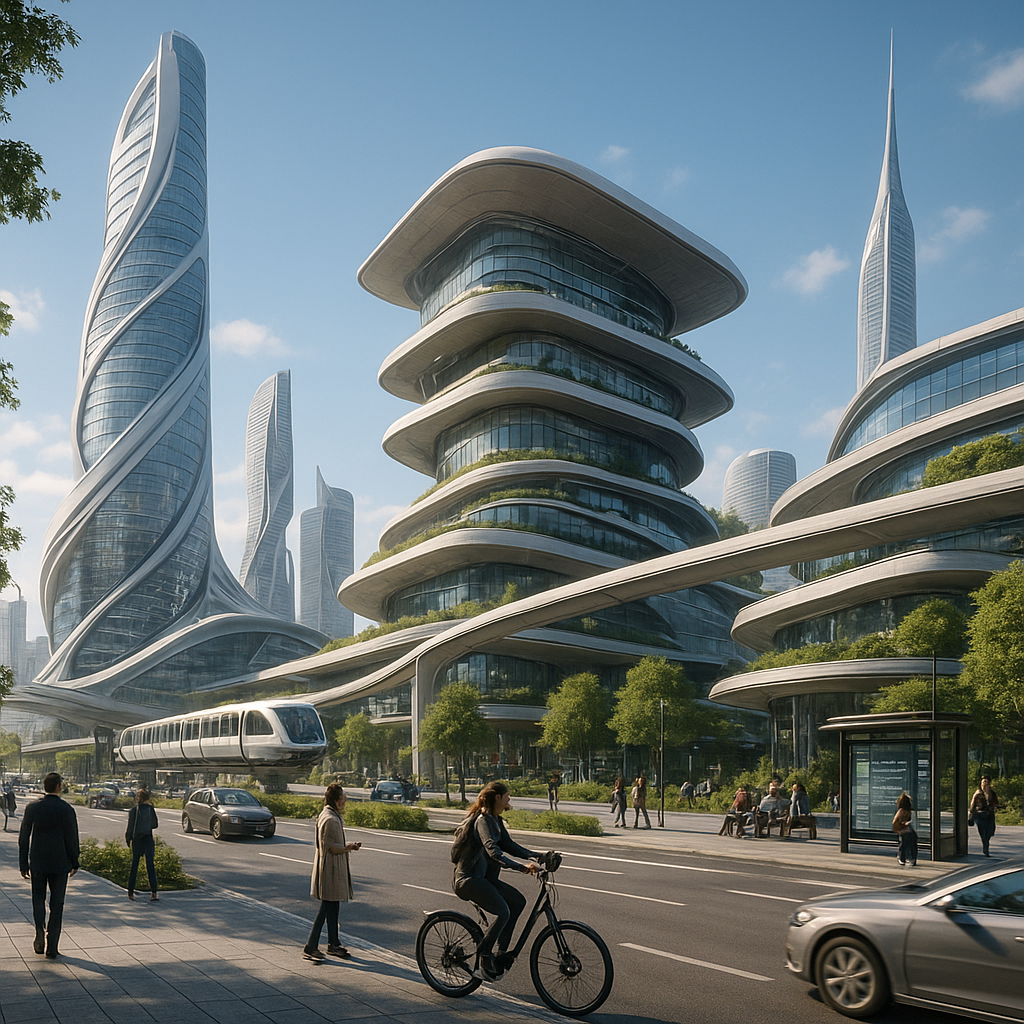As the world grapples with the pressing challenges of climate change and environmental degradation, zero-carbon buildings have emerged as a beacon of hope in the realm of eco-friendly architecture. These innovative structures are designed to minimize carbon emissions throughout their lifecycle, from construction to operation, and even demolition. By harnessing cutting-edge technologies and sustainable materials, zero-carbon buildings aim to create a harmonious balance between human habitation and the natural environment.
The Principles of Zero-Carbon Architecture
Zero-carbon buildings are founded on a set of core principles that guide their design, construction, and operation. At the heart of these principles is the goal of achieving net-zero carbon emissions, which means that the building’s carbon footprint is neutralized through a combination of energy efficiency, renewable energy generation, and carbon offsetting.
Energy Efficiency: One of the primary strategies for achieving zero-carbon status is maximizing energy efficiency. This involves designing buildings that require minimal energy for heating, cooling, lighting, and other functions. Techniques such as passive solar design, high-performance insulation, and advanced glazing systems are employed to reduce energy consumption. Additionally, energy-efficient appliances and lighting systems further contribute to minimizing the building’s energy demand.
Renewable Energy Generation: To offset the energy consumed by the building, zero-carbon structures often incorporate renewable energy systems. Solar panels, wind turbines, and geothermal systems are commonly used to generate clean energy on-site. By producing their own energy, these buildings reduce their reliance on fossil fuels and contribute to a more sustainable energy grid.
Carbon Offsetting: In cases where it is not possible to completely eliminate carbon emissions, zero-carbon buildings may invest in carbon offset projects. These projects, such as reforestation or renewable energy initiatives, help to compensate for the building’s remaining carbon footprint. By supporting these efforts, zero-carbon buildings contribute to global carbon reduction goals.
Innovative Technologies and Materials
The development of zero-carbon buildings is closely linked to advancements in technology and materials science. Architects and engineers are constantly exploring new ways to enhance the sustainability and performance of these structures.
Smart Building Systems: The integration of smart technologies is a hallmark of zero-carbon architecture. Building management systems (BMS) use sensors and data analytics to optimize energy use, monitor indoor air quality, and manage resources efficiently. These systems enable real-time adjustments to lighting, heating, and cooling, ensuring that energy is used only when and where it is needed.
Advanced Building Materials: The choice of materials plays a crucial role in the sustainability of zero-carbon buildings. Innovative materials such as cross-laminated timber (CLT), recycled steel, and low-carbon concrete are increasingly being used to reduce the environmental impact of construction. These materials not only have a lower carbon footprint but also offer enhanced durability and performance.
Biophilic Design: Incorporating elements of nature into building design is another trend in zero-carbon architecture. Biophilic design principles emphasize the connection between humans and the natural environment, promoting well-being and sustainability. Features such as green roofs, living walls, and indoor gardens not only enhance the aesthetic appeal of buildings but also improve air quality and biodiversity.
Case Studies: Leading Examples of Zero-Carbon Buildings
Several pioneering projects around the world exemplify the principles and potential of zero-carbon architecture. These case studies highlight the diverse approaches and innovative solutions being implemented to achieve carbon neutrality.
The Edge, Amsterdam: Often hailed as the world’s most sustainable office building, The Edge in Amsterdam is a prime example of zero-carbon architecture. The building’s design incorporates a range of energy-efficient features, including a smart lighting system that adjusts based on occupancy and natural light levels. Solar panels on the roof and facades generate renewable energy, while an aquifer thermal energy storage system provides heating and cooling. The Edge’s commitment to sustainability extends to its construction materials, with a focus on recycled and locally sourced products.
Bullitt Center, Seattle: The Bullitt Center in Seattle is another iconic zero-carbon building, designed to be the greenest commercial building in the world. It features a rooftop solar array that generates more energy than the building consumes, making it net-positive in terms of energy use. The building also incorporates a rainwater harvesting system, composting toilets, and a focus on non-toxic materials. The Bullitt Center’s design prioritizes occupant health and well-being, with abundant natural light and ventilation.
The Future of Zero-Carbon Architecture
As the demand for sustainable buildings continues to grow, the future of zero-carbon architecture looks promising. Governments, businesses, and individuals are increasingly recognizing the importance of reducing carbon emissions in the built environment. This shift is driving innovation and investment in zero-carbon technologies and practices.
Policy and Regulation: Governments around the world are implementing policies and regulations to promote zero-carbon buildings. Building codes and standards are being updated to require higher levels of energy efficiency and the use of renewable energy. Incentives such as tax credits and grants are also being offered to encourage the adoption of zero-carbon practices.
Collaboration and Knowledge Sharing: The transition to zero-carbon architecture requires collaboration across industries and disciplines. Architects, engineers, developers, and policymakers are working together to share knowledge and best practices. Organizations and networks dedicated to sustainable building are facilitating this exchange of ideas and fostering innovation.
Education and Awareness: Raising awareness about the benefits and feasibility of zero-carbon buildings is crucial for their widespread adoption. Educational programs and initiatives are being developed to inform architects, builders, and the general public about sustainable design principles and technologies. By increasing understanding and engagement, these efforts aim to accelerate the transition to a zero-carbon future.
In conclusion, zero-carbon buildings represent a transformative approach to architecture that prioritizes environmental sustainability and human well-being. Through the integration of energy-efficient design, renewable energy systems, and innovative materials, these structures offer a viable solution to the challenges of climate change. As the movement towards zero-carbon architecture gains momentum, it holds the potential to reshape our cities and communities for a more sustainable future.

